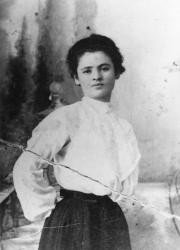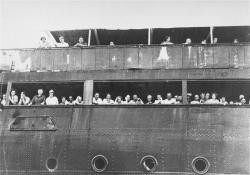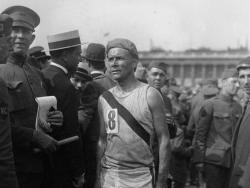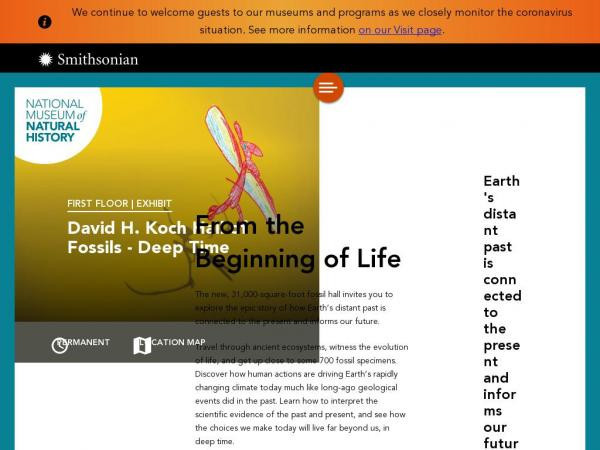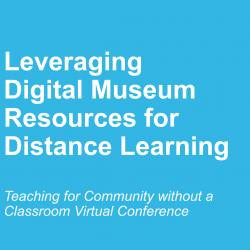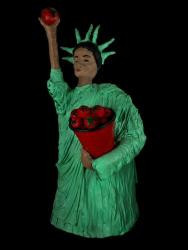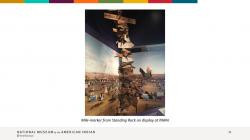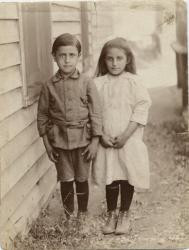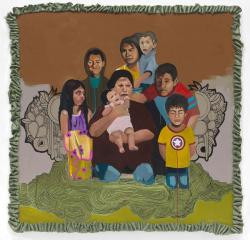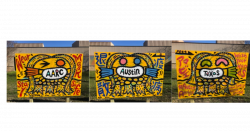Philippa Rappoport
I work in education and engagement, teacher professional development, and outreach at the Smithsonian Office of Educational Technology (OET), and have a particular interest in developing and producing trainings, programs, teaching techniques, and platforms that foster deep learning and contribute knowledge to improve practices in museum and preK-16 education and engagement. At OET over the last decade+, I created digital assets for schools, families, and new immigrant English Language learners to complement teacher professional development and pan-Smithsonian programming, including Learning Lab teaching collections, YouTube videos with tradition bearers, a handmade family stories book-making website, and online heritage tours.
Philippa Rappoport's collections
Activism and Change: Clara Lemlich and the New York Shirtwaist Strike of 1909
 Philippa Rappoport
Philippa Rappoport
Facing Genocide: The US Response to the Holocaust
 Philippa Rappoport
Philippa Rappoport
"Hyphenated Americans": When “Bricklayer Bill” Won the 1917 Boston Marathon, It Was a Victory For All Irish Americans
 Philippa Rappoport
Philippa Rappoport
Teaching with the Smithsonian Learning Lab: A Workshop for George Washington University Faculty and Graduate Students
 Philippa Rappoport
Philippa Rappoport
Humans and the Footprints We Leave: Smithsonian-Montgomery College Faculty Fellowship 2020 Opening Panel Resources
 Philippa Rappoport
Philippa Rappoport
Deep Time
 Philippa Rappoport
Philippa Rappoport
Making a "Kitchen Memories" Family Recipe and Storybook
 Philippa Rappoport
Philippa Rappoport
Personal Responses to Covid-19: A Digital Storytelling Workshop Using the Smithsonian Learning Lab (for DC Public School educators)
 Philippa Rappoport
Philippa Rappoport
Crucial Conversations in American History: "Many Voices, One Nation" and "Becoming US"
 Philippa Rappoport
Philippa Rappoport
Interpreting Content from the Smithsonian Transcription Center: Oral Interviews from the Faris and Yamma Naff Arab American Collection
 Philippa Rappoport
Philippa Rappoport
Digital Museum Resources for the High School Ethnic Studies Classroom (#EthnicStudiesY2)
 Philippa Rappoport
Philippa Rappoport
Introductory Activity to Generate Discussion about Ethnic Studies and Digital Museum Resources (#EthnicStudiesY2)
 Philippa Rappoport
Philippa Rappoport

